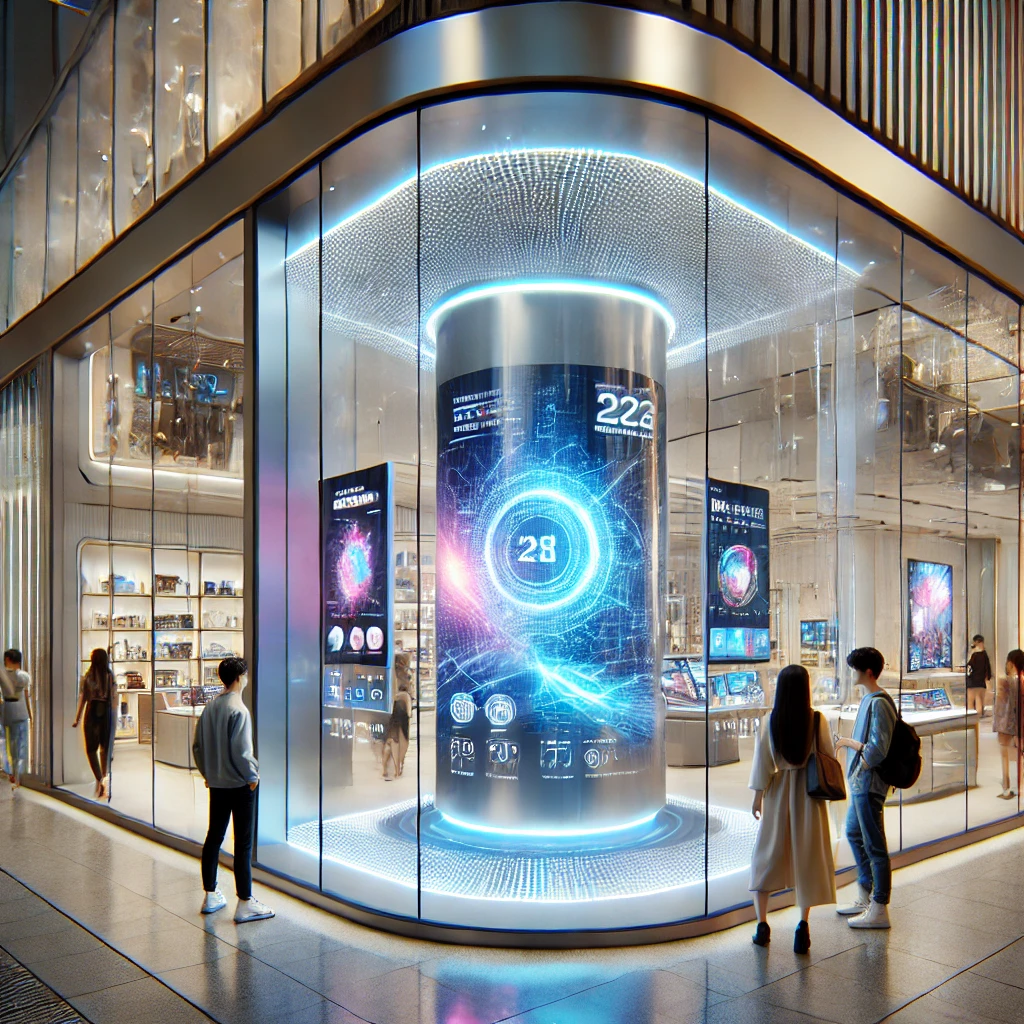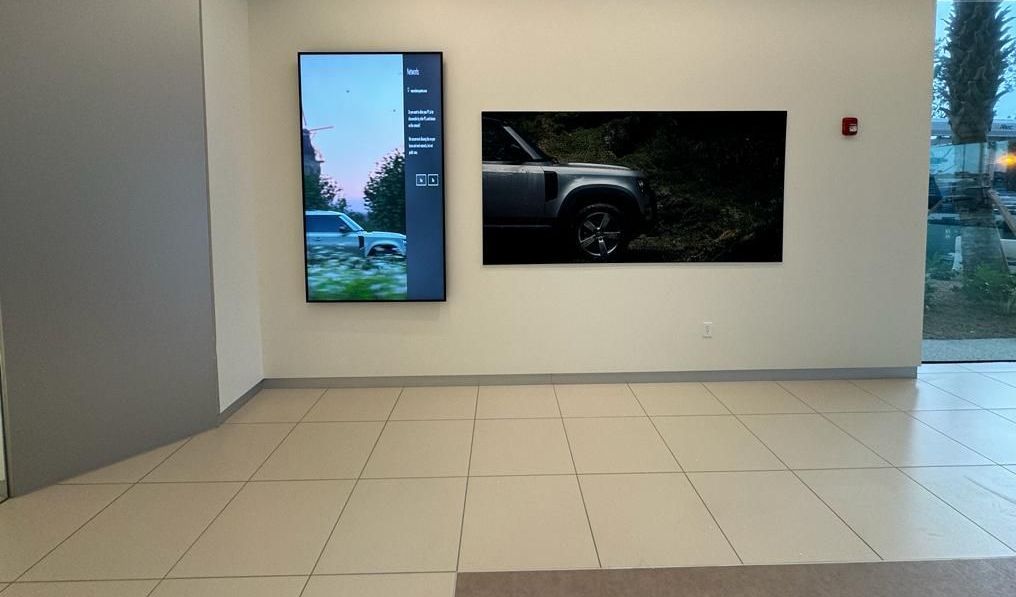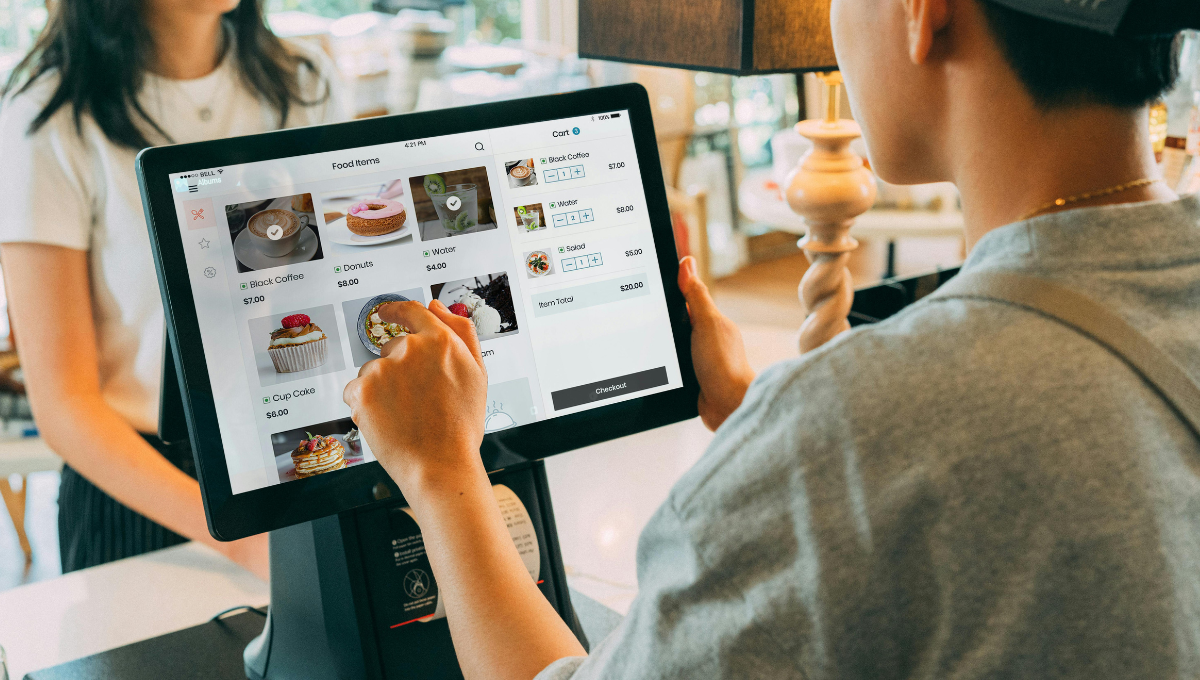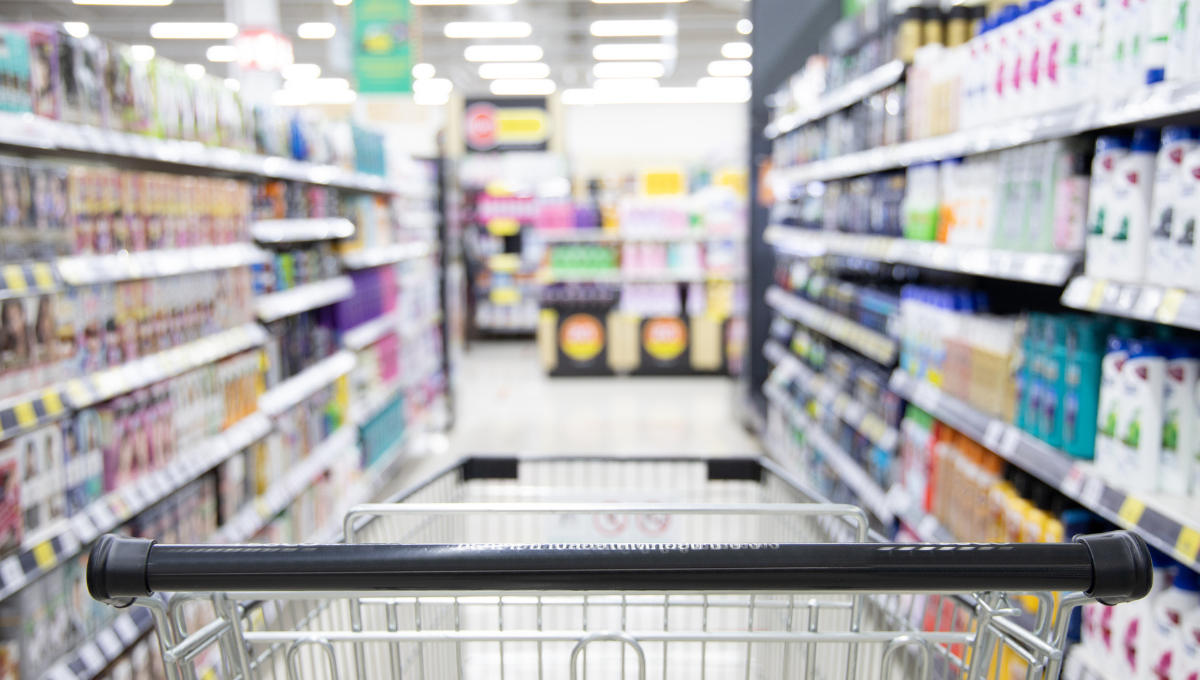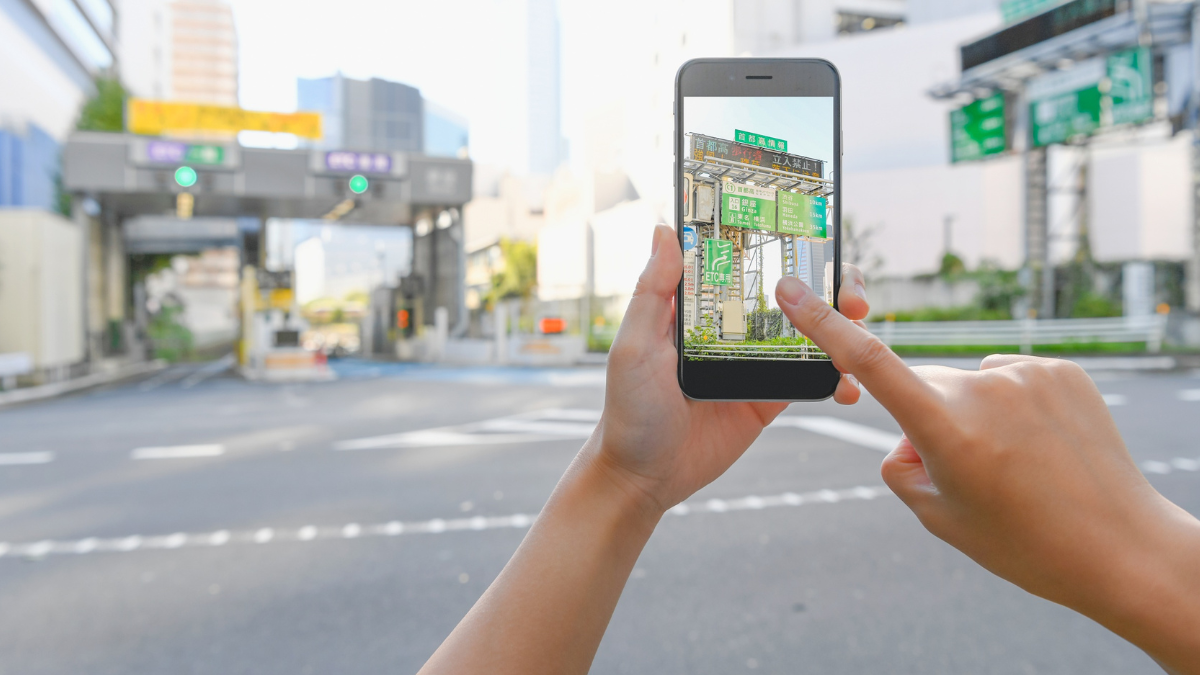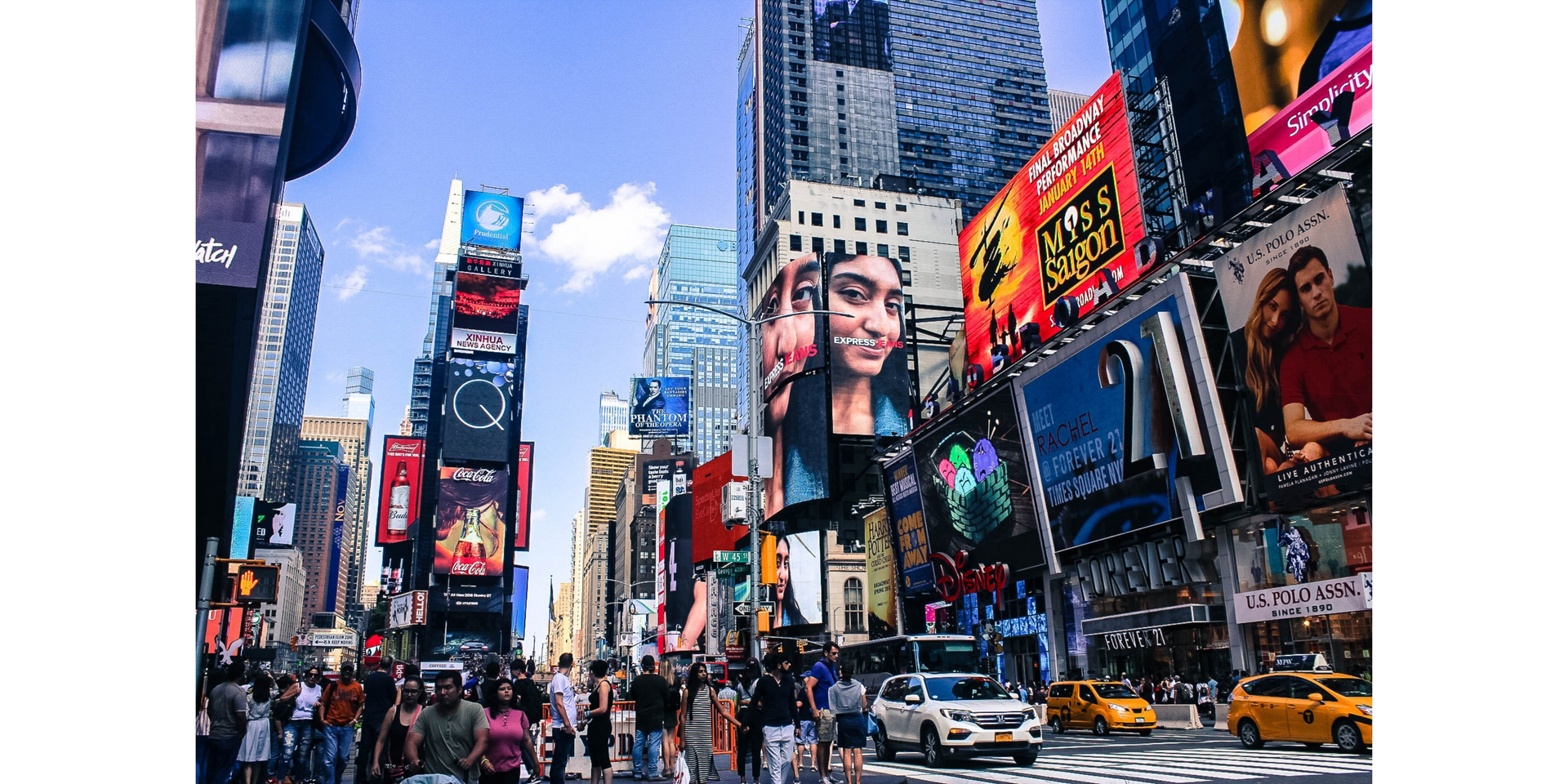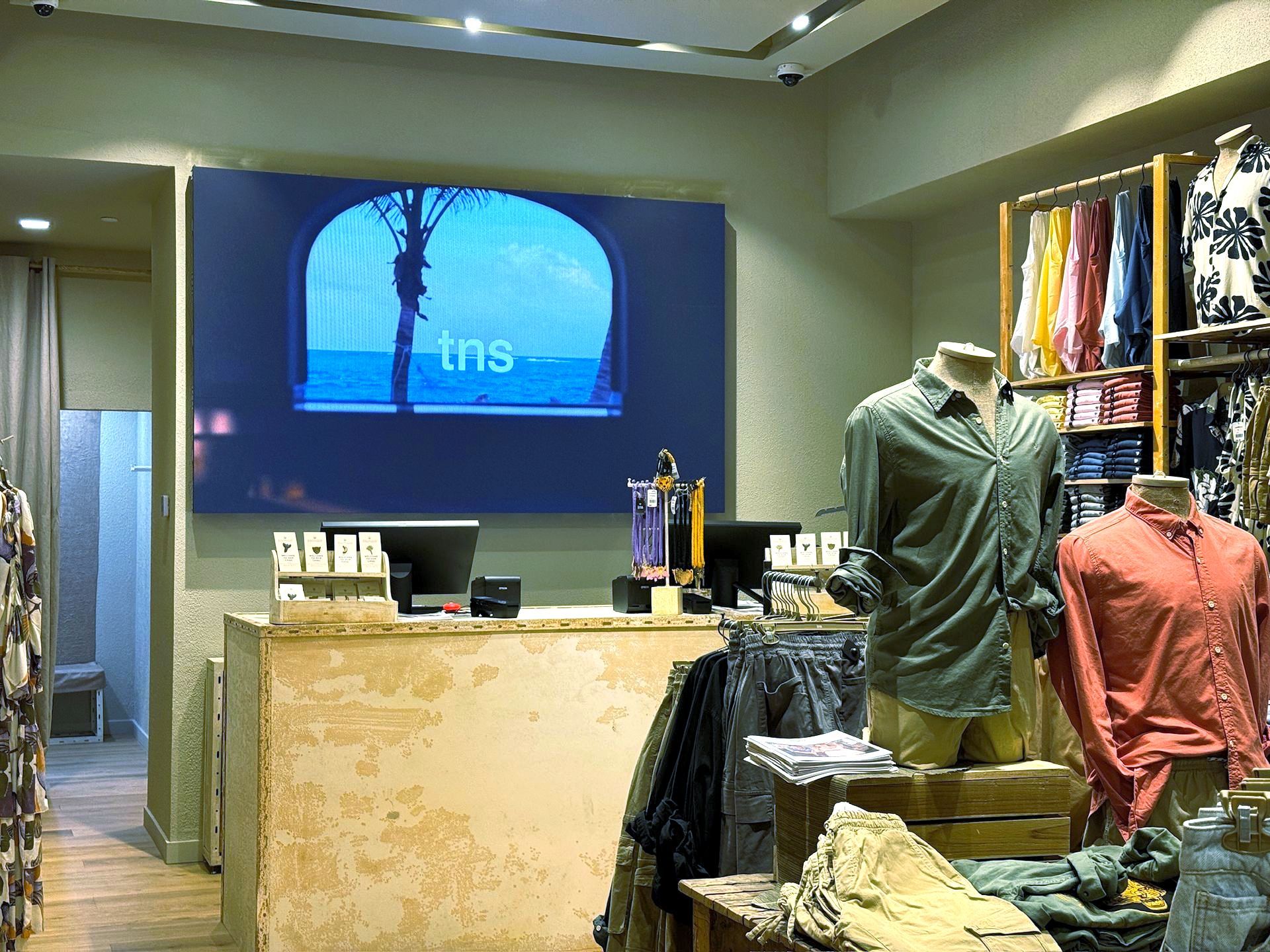What is Digital Signage? The Revolution in Communication
Digital Signage Unveiled: Revolutionizing Communication and Empowering Organizational Success"
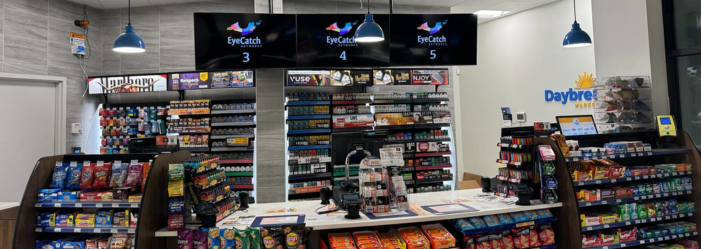
In an increasingly digitized world, the way businesses connect with their audience is evolving rapidly. At the epicenter of this revolution is Digital Signage, a technology that is transforming communication and advertising. But what is digital signage, and why is it so essential in today's world?
Defining Digital Signage
Imagine digital signage as the modern and vibrant sibling of traditional signage. It is the use of digital technologies to convey visual content, such as ads, operational information, videos, and more, all quickly and efficiently. Unlike traditional signage, digital signage can change and adapt its content quickly and easily.
Digital signage can be found in all kinds of places, from retail stores to hotels, restaurants, and corporate buildings. Its purpose spans from informing, entertaining, and interacting to educating the audience and motivating purchase decisions.
Components of Digital Signage
Let's mention four of the most important elements of digital signage: hardware, software, connectivity, and content production.
- Hardware: Includes screens (LCD, LED, projectors, among others) and media players that bring content to life.
- Software: Is the brain behind the operation, allowing the uploading, scheduling, and control of what is displayed on the screens.
- Connectivity: Defines how content travels from the management system to the screens, either through wiring, Wi-Fi, or even wireless technologies like 4G or 5G.
- Content Production: Having the best screens and software is not enough; visually appealing content is key to capturing attention.
Unveiling the Mysteries of Digital Signage: What Does It Really Work For?
Now that we have explored the fundamentals and components of digital signage, it's time to delve deeper into its utility. What does this transformative technology really work for?
Empowering Customer Experience
One prominent role of digital signage is to elevate the customer experience. In retail environments, for example, this technology enables the creation of interactive and personalized shopping experiences. From dynamic ads that respond to customer preferences to touch screens offering detailed product information, digital signage redefines how consumers interact with brands.
Driving Marketing and Advertising Strategies
Digital signage stands as the shining knight for marketing and advertising professionals. Why? Because it has the power to adapt in real-time. Promotional messages can change at the pace of consumer trends and behaviors, ensuring the audience always receives fresh and relevant content. From product launches to seasonal campaigns, digital signage is the key to keeping the brand in the spotlight.
Transforming the Educational Environment
In the educational realm, digital signage becomes a multifaceted tool. From displaying schedules and event announcements to creating interactive learning environments, digital technology seamlessly integrates into educational institutions. This not only improves internal communication but also engages students more dynamically, facilitating the delivery of impactful and memorable educational information.
Optimizing Corporate Communication
In the corporate environment, digital signage becomes the perfect messenger. From broadcasting internal messages and real-time updates to showcasing achievements and strategic objectives, this technology aligns with organizational goals. The agility to change content quickly and efficiently ensures that information flows effectively, strengthening corporate culture and improving internal communication.
Elevating Healthcare
Digital signage also plays a crucial role in the healthcare sector. In hospitals and clinics, it provides updated information on services, guidance for visitors, and appointment reminders. Additionally, it contributes to improving the patient experience by providing education on medical conditions and promoting healthy practices. Digital signage not only informs but also humanizes the healthcare environment.
Redefining the Future of Banking
In the financial sector, digital signage becomes a strategic ally. From displaying interest rates and promotions to offering interactive tutorials on banking services via a touch screen, this technology transforms the customer experience in banking environments. Effective communication and visual presentation of complex information are simplified, enhancing customer interaction with the bank.
In summary, digital signage positions itself as a versatile tool capable of adapting to a variety of environments and challenges. Its versatility makes it an invaluable asset in optimizing experiences, improving communication, and achieving strategic goals across various industries. From customer service to strategic marketing, digital signage not only communicates but also transforms and empowers.
Boosting Organizational Success with Digital Signage
When it comes to benefits, digital signage emerges as the strategic ally that goes beyond expectations, unleashing a series of advantages that transform how organizations communicate and thrive.
Strategic Flexibility: The ability to change content quickly is an essential tool, especially for promotions and flash offers. Digital signage allows for instant adaptation, providing businesses with the agility needed to respond rapidly to market dynamics.
Visually Impactful: Animated and eye-catching content is key to capturing attention and elevating brand recognition. Digital signage serves as a dynamic canvas that transforms static messages into captivating visual experiences, contributing to building an unforgettable brand presence.
Inspiring Interactivity: Transforming communication into an exciting bidirectional experience is one of the superpowers of digital signage. It allows businesses not only to transmit information but also to interact impactfully with their audience, building deeper and more meaningful connections.
Significant Sales Boost: The ability to display dynamic and tailored content directly translates into a significant increase in sales. Digital signage becomes a silent but effective seller, influencing purchasing decisions by presenting products and offers attractively and persuasively.
Effective Tool for Organizational Goals: The flexibility and adaptability of digital signage make it a strategic tool for achieving organizational goals and objectives. Whether communicating internal changes, highlighting corporate milestones, or inspiring the team, this technology becomes an effective ally in goal achievement.
Relevant and Updated Information: For customers, digital signage translates into up-to-date information at their fingertips. Special offers, news, and events are presented clearly and concisely, ensuring that the audience is always informed and aware of the latest developments.
Personalized and Impactful Experiences: Digital Signage adapts to individual preferences. Each interaction becomes unique, creating memorable experiences that connect more deeply with customers.
Entertainment that Makes a Difference: At the heart of waiting is the entertainment offered by Digital Signage. It transforms seemingly tedious moments into enjoyable experiences, making waiting more bearable and, in many cases, even fun.
Less Paper, More Sustainability: Digital Signage is not only innovative but also eco-friendly by contributing to the reduction of paper usage. By replacing traditional signage, it helps preserve natural resources and encourages more sustainable practices.
Use Cases in Various Industries
Broadening Horizons: Success Stories in Various Industries with Digital Signage
The versatility of digital signage helps position it as an invaluable tool that has found its way into a wide range of industries. These use cases demonstrate how digital technology not only communicates but also transforms the experience in sectors as diverse as retail, hospitality, education, health, banking, construction, restaurants, and the corporate realm.
- Retail: In the dynamic retail world, digital signage becomes the modern storefront. Stores use screens to display dynamic ads and promotions, creating engaging shopping experiences and quickly adapting to market trends.
- Hospitality: In hotels and restaurants, digital signage serves as the virtual master of ceremonies. From displaying updated menus to highlighting promotions, this technology contributes to a more informed and appealing customer experience.
- Education: In educational institutions, digital signage becomes the digital communicator of the campus. From announcing events to providing relevant information, schools and universities use these screens to keep students and staff connected and updated.
- Health: In the healthcare sector, digital signage transforms into an informative and reassuring guide. Hospitals and clinics use it to direct patients and visitors, offer information about services, and often provide educational messages about healthy practices.
- Banking: Financial institutions leverage digital signage to inform and captivate their customers. From displaying services to highlighting promotions, this technology integrates as a strategic tool for effective communication in banking environments.
- Construction: In the construction world, digital signage becomes an informative and secure ally. Construction companies use screens to display detailed information about projects, highlight safety measures, and keep teams informed in real-time.
- Restaurants: In the culinary universe, Digital Menus become the visual chef of the restaurant. Options like showcasing dishes, special offers, estimated wait times, nutritional information, and even allowing payments through Interactive Kiosks allow Digital Signage in Restaurants to add a modern and dynamic touch to the gastronomic experience.
- Corporate: Within corporate offices, Digital Bulletin Boards emerge as the ultimate internal communication medium. Companies use these screens to convey internal news, performance metrics, recognitions, and other relevant messages, strengthening corporate culture and team connections.
These examples illustrate how digital signage goes beyond being a communication tool; it becomes a strategic partner that transforms how industries interact with their audiences and achieve their goals. From creating engaging shopping experiences to improving workplace safety, digital signage adapts and enhances the narrative in each sector uniquely.
Venturing into the Future of Digital Signage
The future of digital signage is exciting and promising. With emerging trends and constantly evolving technologies, digital signage is on its way to transforming how businesses communicate with their customers and the public at large.
One of the most exciting trends in digital signage is personalization. As companies collect and analyze more data about their customers, digital signage can adapt in real-time to offer content that is relevant and appealing to each individual. This not only enhances the customer experience but can also increase the effectiveness of advertising and promotional campaigns.
Another significant trend is interactivity. Touch screens, gesture recognition, and augmented reality are making digital signage more interactive than ever. This not only makes digital signage more engaging but also allows companies to interact with their customers in new and exciting ways.
Integration with mobile devices is also changing the game in digital signage. By allowing users to interact with digital signage through their mobile phones, companies can offer more personalized and convenient experiences.
Data analytics is enabling companies to optimize their digital signage content. By understanding what content works best and when, companies can ensure that their digital signage has the greatest possible impact.
Digital signage stands as an indispensable tool in modern business communication. With its ability to deploy dynamic and engaging content, it offers countless benefits for both businesses and customers. Additionally, by being more energy-efficient and reducing paper usage, it also emerges as a more environmentally friendly option compared to traditional signage.
